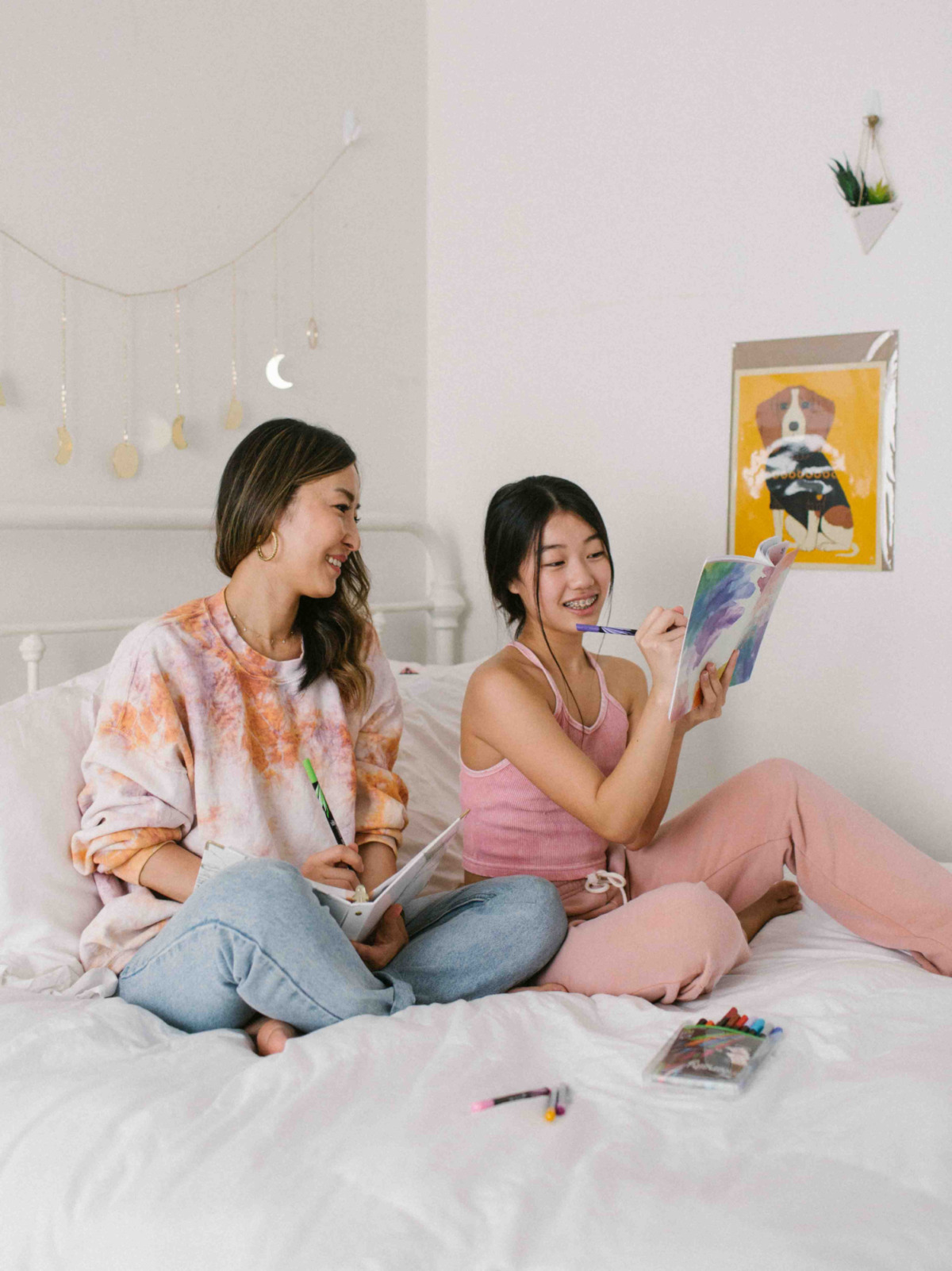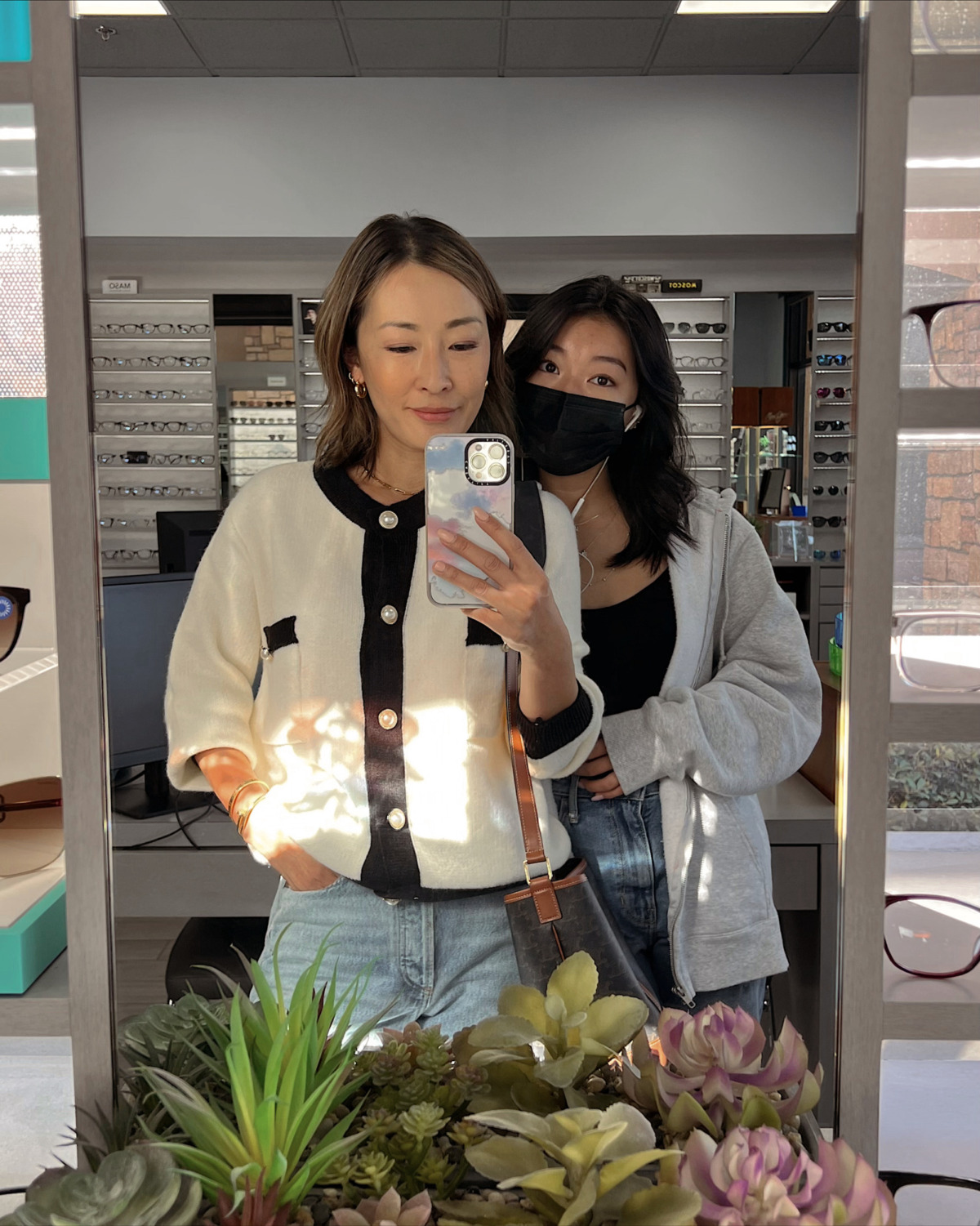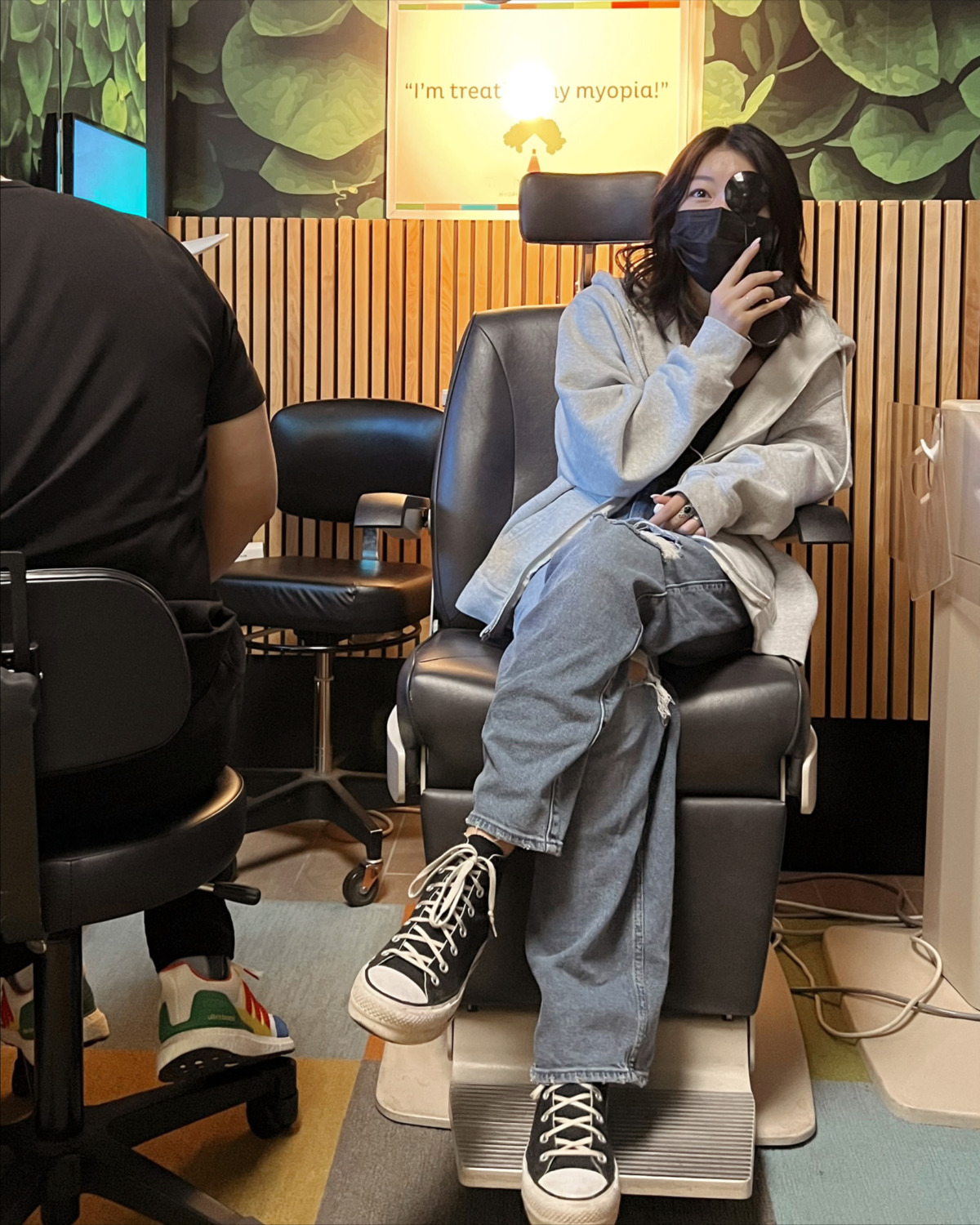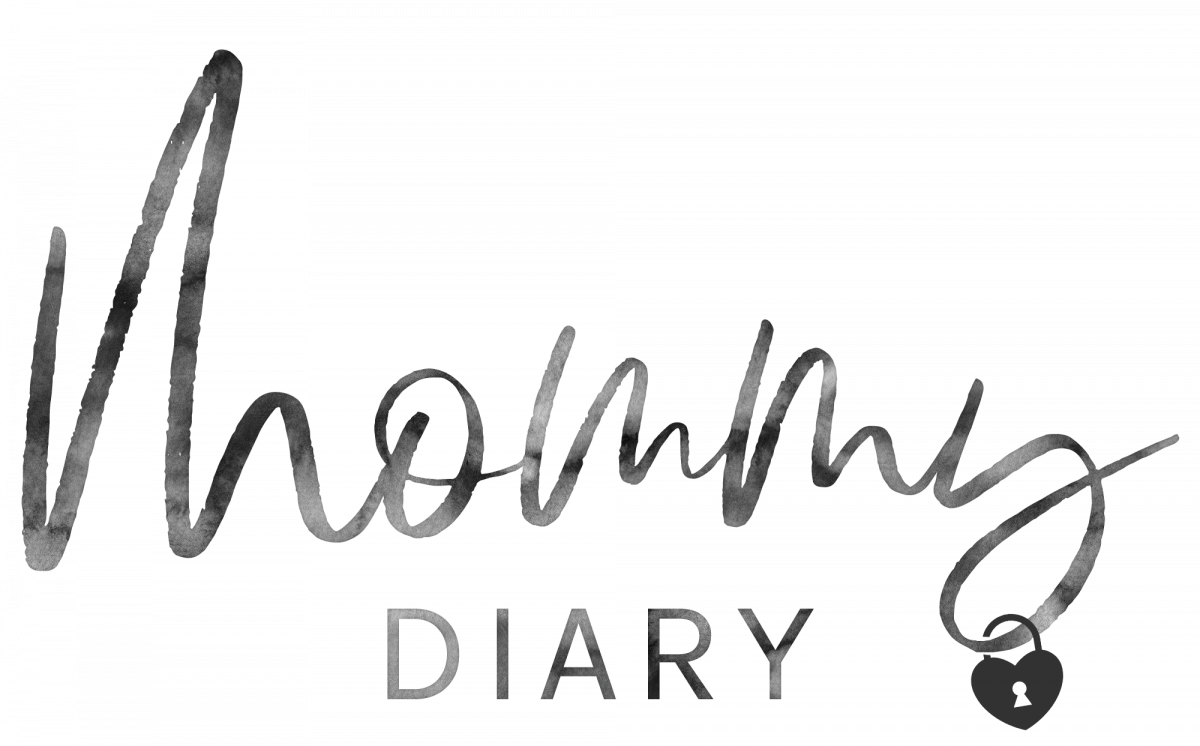Our Myopia Journey

I am not a medical professional nor does our family use this product.
We recommend for you to always consult an eye care professional for the best treatment options for your child.
Our Myopia Journey
I teamed up with ACUVUE® Abiliti™ to share my family’s myopia journey. I’ve had poor eyesight since grade school and my eyes have gotten progressively worse as I’ve aged.
My first sign of poor eyesight was when I had trouble seeing the chalkboard and anything far away. Even though I wasn’t spending that much time using a screen in the 90’s, daily habits like reading in the dark and spending less time outside affected my vision. Finally, I visited an eyecare provider and learned I had myopia.1,2,3
My daughter has worn glasses since 3rd grade and today as a teenager, she wears contacts. Her first symptoms included squinting when trying to see objects and people far away and mentioned having trouble seeing things at school, which worsened over time.
Her poor vision affected her school work and daily activities. So we knew as parents that we needed to get her eyes checked out by an eyecare provider ASAP.

We took her to the eye doctor, and he informed us that she too, has myopia. Currently, we’re managing her myopia and looking into other options to prevent her eyesight from getting worse.
As a person who has struggled with myopia, and now as a parent of a child with myopia, here are some helpful facts I’ve learned along the way. I also recommend to always consult with an eye care professional for the best treatment options for your child’s myopia.
What is myopia?
Myopia, commonly known as nearsightedness, is the inability to see far away objects clearly without glasses or contact lenses. It’s a chronic, progressive disease where continued eye growth worsens one’s vision and increases the future risk of sight-threatening complications.4,5,6,7
How many people are affected by myopia?
The prevalence of myopia has nearly doubled in the last 20 years.8 In fact, half of the world’s population is projected to be myopic by 2050 with nearly one billion people expected to have high myopia (a prescription of -5D or higher).5
What happens if myopia is left untreated?
There is no safe level of myopia.1 Research indicates that the earlier a child becomes myopic, the higher the risk of myopic progression 2,9 and developing high myopia.10
What can I do if my child has myopia?
If your child is diagnosed with myopia, there are several treatments options you can consider. It’s also important to discuss myopia and available treatment options with your eye care professional, to determine the right path for you and your child.
Children under 12 who are diagnosed with myopia are at a greater risk of developing high myopia which may lead to sight threatening complications later in life. 7

Luckily, the ACUVUE® Abiliti™ portfolio by Johnson & Johnson Vision has a growing suite of products designed to manage myopia. You can find an eye care professional in your area who specialize in myopia, and schedule a consultation at www.seeyourabiliti.com/patients/find-a-professional, as well as learn more about myopia and the treatment options available on seeyourabiliti.com.
Does your child struggle with myopia? Please share your experience below!
Important Safety Information for Contact Lens Wearers
ACUVUE® Abiliti™ Overnight Therapeutic Contact Lenses are available by prescription only for the management of myopia. An eye care professional will determine whether these contact lenses are right for you. Although, rare, serious eye problems including vision loss and blindness can develop while wearing contact lenses. To help avoid these symptoms, follow the wear and replacement schedule and the lens care disinfection instructions provided by your eye care professional. Do not wear these contact lenses if you have an eye infection, or experience eye discomfort, excessive tearing, vision changes, redness or other eye problems. If one of these conditions occurs, remove the lens and contact your eye doctor immediately. For more information on proper wear, care and safety, talk to your eye care professional and review the Patient Instruction Guide, call 1-877-334-3937, or visit www.seeyourabiliti.com.
1Wu PC, Chen CT, Lin KK, et al. Myopia Prevention and Outdoor Light Intensity in a School-Based Cluster Randomized Trial. Ophthalmology 2018; 125:1239-50.
2Sanchez-Tocino H, Villanueva Gomez A, Gordon Bolanos C, et al. The Effect of Light and Outdoor Activity in Natural Lighting on the Progression of Myopia in Children. J Fr Ophtalmol 2019; 42:2-10.
3Hsu CC, Huang N, Lin PY, et al. Risk Factors for Myopia Progression in Second-Grade Primary School Children in Taipei: A Population-Based Cohort Study. Br J Ophthalmol 2017; 101:1611-7.
4Flitcroft DI. The complex interactions of retinal, optical and environmental factors in myopia aetiology. Prog Retin Eye Res. 2012;31(6):622-660.
5Donovan L, Sankaridurg P, Ho A et al Myopia progression rates in urban children wearing single-vision spectacles. OVS 2012;89(1):27-32.
6Pärssinen O, Kauppinen M. Risk factors for high myopia: a 22-year follow-up study from childhood to adulthood. Acta Ophthalmologica. 2019;97(5):510-518.
7Flitcroft DI et al. IMI Defining and classifying myopia: a proposed set of standards for clinical and epidemiologic studies. Investigative ophthalmology and vision science 2019;60M20-30.
8Holden BA Fricke TR Wilson DA Jong M Naidoo K et al Global Prevalence of Myopia and High Myopia and Temporal Trends from 2000 to 2050. Ophthalmol 2016,123(5):1036-1042.
9Chua SY et al. Age of Onset of Myopia Predicts Risk of High Myopia in Later Childhood in Myopic Singapore Children. Opthal Physiol Opt 2016;36:388-94.
10Hu Y, Ding X, Guo X, Chen Y, Zhang J, He M. Association of Age at Myopia Onset with Risk of High Myopia in Adulthood in a 12-Year Follow-up of a Chinese Cohort. Jama Ophthalmol. 2020;138(11):1129-1134.

